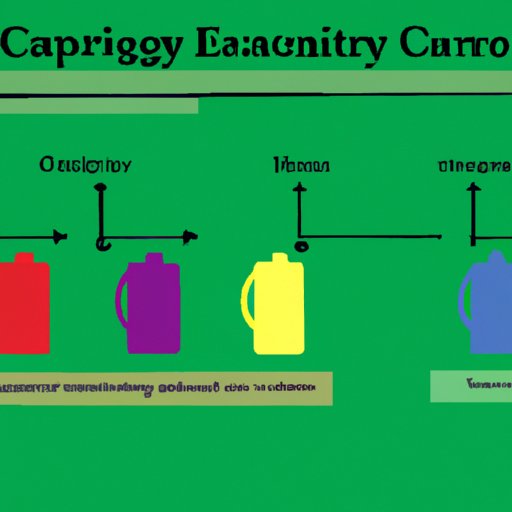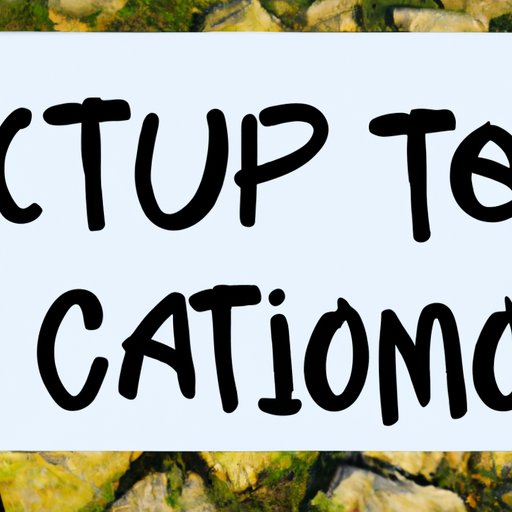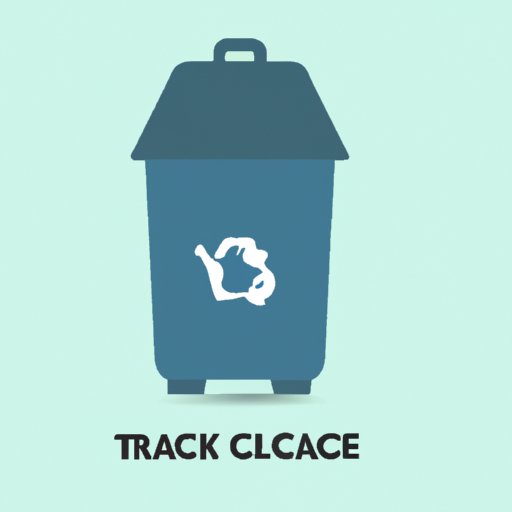Introduction
Carrying capacity is an important ecological concept that plays a significant role in environmental science. It is defined as “the maximum number of individuals of a species that can be sustained indefinitely in a given environment,” 1 and understanding it is essential for protecting our environment. This article will provide an overview of carrying capacity in environmental science, from its definition to how it is used in conservation efforts.

A Guide to Understanding Carrying Capacity in Environmental Science
In order to understand the impact of carrying capacity on our environment, it is important to first understand how it is calculated. Factors such as the availability of resources, competition for resources, and predation all play a role in determining the carrying capacity of a given environment. For example, if there are not enough resources to sustain a certain species, then the population of that species will decrease until the carrying capacity is met.
Once the carrying capacity is reached, any further increase in population size will cause the environment to become overcrowded and overburdened. This can lead to a variety of negative consequences, such as decreased food supply, increased pollution, and reduced biodiversity. In addition, when the carrying capacity is exceeded, it can also lead to a decrease in genetic diversity and an increased risk of extinction for species living in the environment. 2
How Carrying Capacity is Used in Conservation Efforts
Carrying capacity is an important tool for conservationists as it helps them to understand how human activity is affecting the environment. By examining the current carrying capacity of a given environment, conservationists can better understand how much more development or exploitation can take place without causing further damage.
In addition, carrying capacity can help conservationists identify different methods of conservation that can be used to protect the environment. For example, if the carrying capacity of an environment has been exceeded due to human activity, conservationists can use strategies such as habitat preservation, reforestation, and water conservation to reduce the impacts of human activity and restore the environment to its original carrying capacity. 3
Conclusion
In conclusion, carrying capacity is an important ecological concept that plays a significant role in environmental science. It is used to calculate the maximum number of individuals of a species that can be sustained in a given environment, and understanding it is essential for protecting our environment. Additionally, it is an important tool for conservationists as it can help them to understand how human activity is affecting the environment and identify different methods of conservation that can be used to protect it.
It is clear that carrying capacity is an important concept that needs to be taken into consideration when discussing environmental protection. We must continue to work together to protect our environment and ensure that we do not exceed the carrying capacity of our planet.

Call to Action: The Need to Protect Our Environment
It is up to us to take action and protect our environment. We must do our part to reduce our carbon footprint, conserve resources, and reduce waste. Additionally, we must educate ourselves and others about the importance of carrying capacity and the need to protect our environment. Together, we can make a difference and ensure that our planet remains healthy and sustainable for generations to come.
(Note: Is this article not meeting your expectations? Do you have knowledge or insights to share? Unlock new opportunities and expand your reach by joining our authors team. Click Registration to join us and share your expertise with our readers.)
